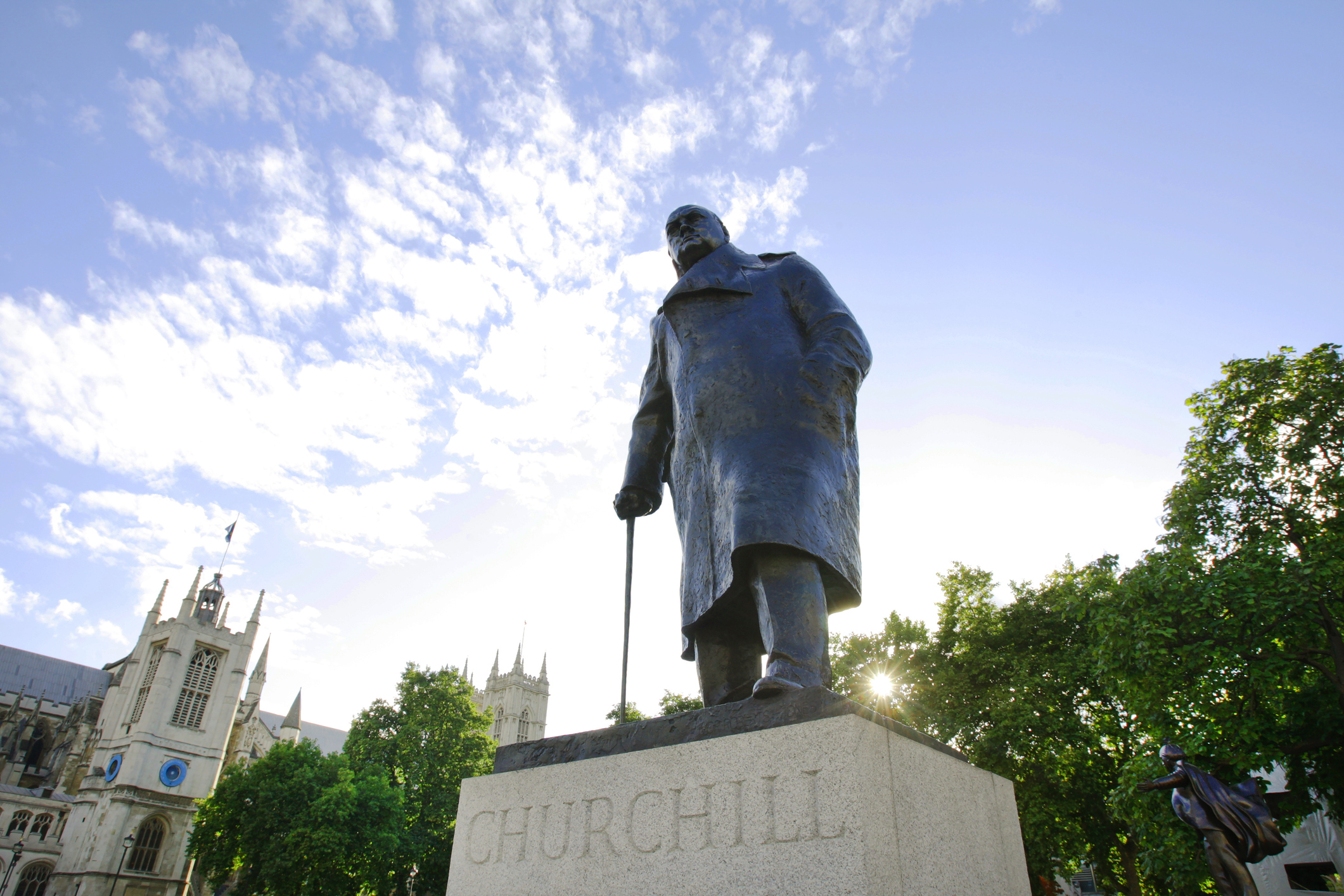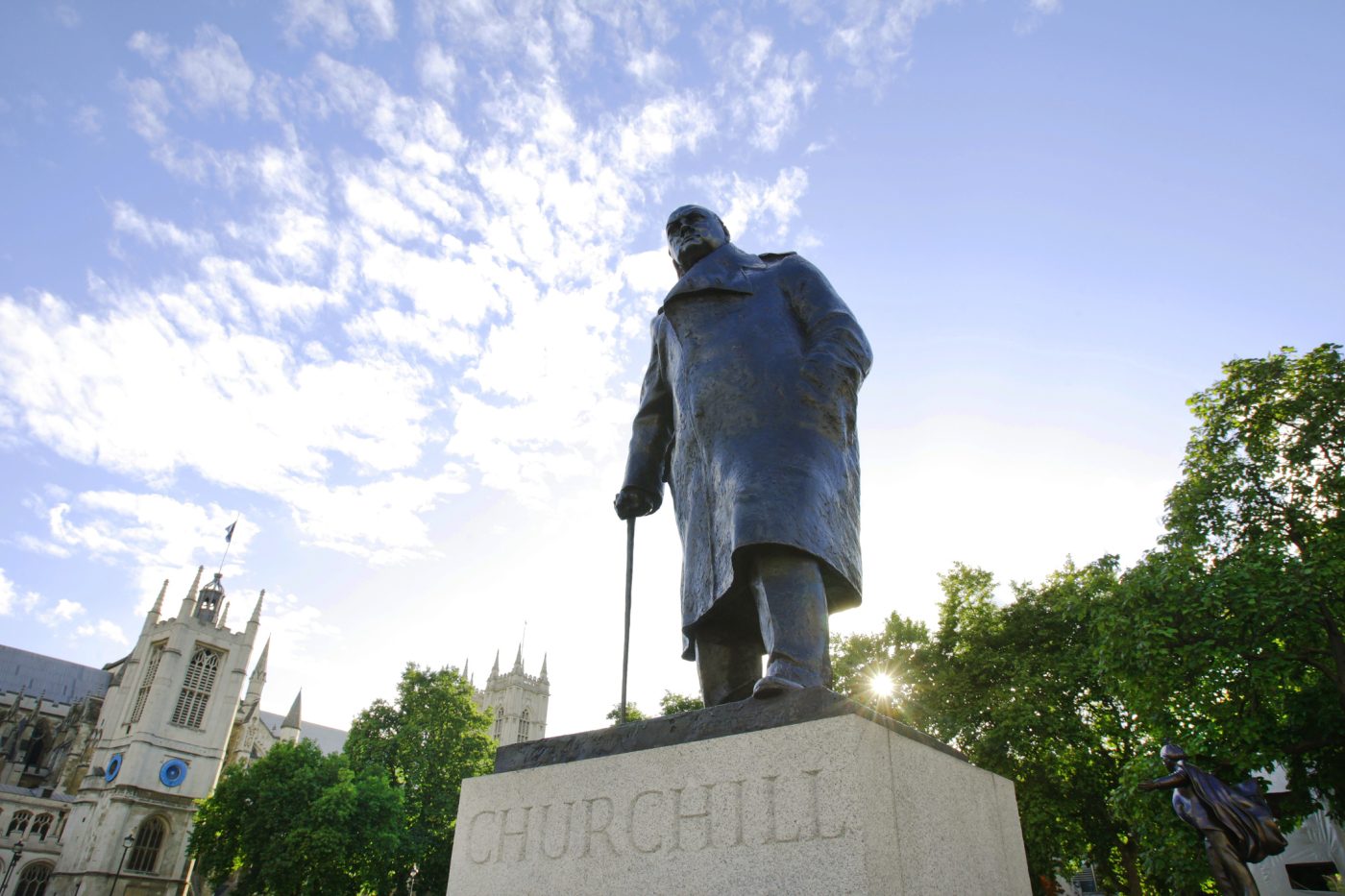Thought of the Day

When you get tired, learn to rest, not quit.


When you get tired, learn to rest, not quit.

Enjoy the holidays with KIX 102 FM’s All-Christmas Weekend, brought to you by Alex H & Co. – local custom clothier with high quality, long lasting formal wear for men and women.
Schedule a private fitting – currently located at 6131 Falls of Neuse Rd, Suite 112, Raleigh, NC, 27609.


This classic vegetable soup is warm, cozy and perfect for chilly nights. Enjoy it this way, or modify with your favorite veggies.
1. Sauté the base
Heat the olive oil in a large pot over medium heat. Add onion and cook for 3–4 minutes until soft. Add the garlic and cook for about 30 seconds until fragrant.
2. Add the veggies
Stir in the carrots, celery, potato and zucchini. Cook for 5 minutes, stirring occasionally.
3. Build the soup
Add diced tomatoes, vegetable broth, basil, oregano, thyme, salt, and pepper. Bring to a gentle boil.
4. Simmer
Reduce heat, cover, and simmer for 20–25 minutes until all vegetables are tender.
5. Finish and serve
Stir in the green beans, corn, and any optional pasta, rice, or beans. Simmer for 5 more minutes and serve warm. Then, curl up and enjoy this cozy meal!


Don’t compare your beginning to someone else’s middle.

JUST ANNOUNCED! 🔥 TOTO is coming to Coastal Credit Union Music Park Raleigh on July 29th with Christopher Cross & The Romantics!
Tickets on sale this Friday, December 12th @ 10 a.m. 🤩
Part of the Mattress Warehouse Concert Series.
Contest ends Sunday, December 21st at 11:59 p.m.

This breakfast is so delicious, it could also make a great dessert! Enjoy these classic crêpes with a filling of your choice.
1. Mix the batter
In a mixing bowl, whisk the flour and salt together. Then add the eggs and milk, whisking until smooth, and whisk in the melted butter, sugar, and vanilla.
2. Prep the stove
Let the batter rest for 10–15 minutes for the best texture. Then, heat a nonstick skillet over medium heat and lightly butter it.
3. Cook the crêpes
Pour about ¼ cup of the batter into the pan and immediately swirl to spread it thin. Then, cook for 30–45 seconds until the edges lift and the bottom is lightly golden. Next, flip and cook the other side for about 20–30 seconds. Repeat with the remaining batter.
4. Create your filling
Now for the fun part! Stuff the crêpes with your filling of choice and enjoy your easy yet decadent breakfast.


Don’t rush when you are faced with difficulties.


“Courage is going from failure to failure without losing enthusiasm.” – Winston Churchill


Have order without confusion and show compassion on others.

This warm, chewy baked soft pretzel recipe is quick, easy, and the perfect salty snack.
1. Activate the yeast
In a large bowl, mix warm water and sugar. Sprinkle yeast over the top and let sit for 5–10 minutes until foamy.
2. Make the dough
Add salt, melted butter, and flour to the yeast mixture. Mix until a dough forms, then knead on a floured surface for 5 minutes until smooth. Place dough in an oiled bowl, cover, and let rise for about 1 hour, or until doubled.
3. Preheat the oven
Preheat oven to 450°F.
4. Shape the pretzels
Divide dough into 8 equal pieces. Roll each into a 20–22 inch rope and twist into pretzel shapes.
5. Baking soda bath
Bring 10 cups water and baking soda to a gentle boil. Drop each pretzel into the water for 20–30 seconds, then remove and place on a parchment-lined baking sheet.
6. Egg wash and salt
Brush each pretzel with beaten egg. Sprinkle generously with coarse salt.
7. Bake and enjoy
Bake for 12–15 minutes until deep golden brown. Brush with butter right out of the oven and enjoy!